Pensacola is the westernmost city in the Florida Panhandle. This area was first documented as “Panzacola” in 1686, which was a name of Native American origin given to Pensacola Bay and subsequently to the Spanish settlements. During the American Civil War, Confederates occupied Pensacola, but Fort Pickens on Santa Rosa Island offshore remained in Union hands. After the civil war, the lumber, cotton, agriculture, and fishing industry boomed. In 1884, German immigrant Conrad Kupfrian, along with his business partners, launched the first streetcars in the city. The service was replaced with motor buses in 1932. At the beginning of the 20th century, the bricking making and papermaking industries were built. Shipping declined in importance, but the military and manufacturing became prominent. The navy yard became a naval air station in 1914.
Here below are some historical photos of old Pensacola from the early 20th century that show streets, roads, landmarks, buildings, and everyday life of people.








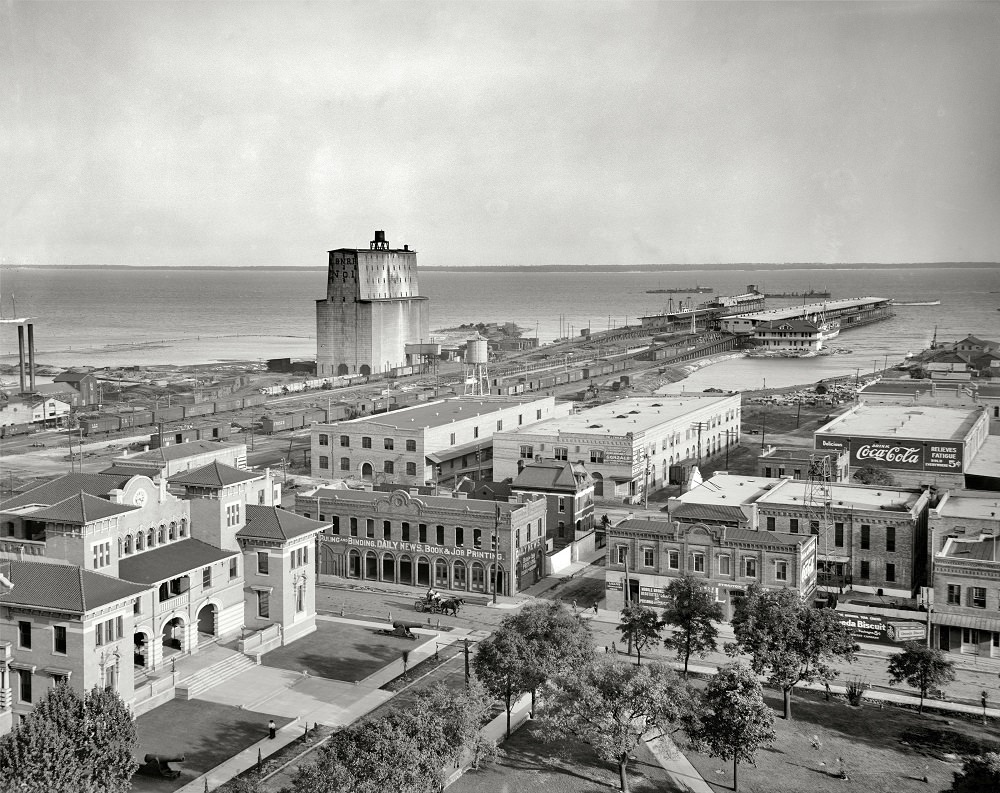

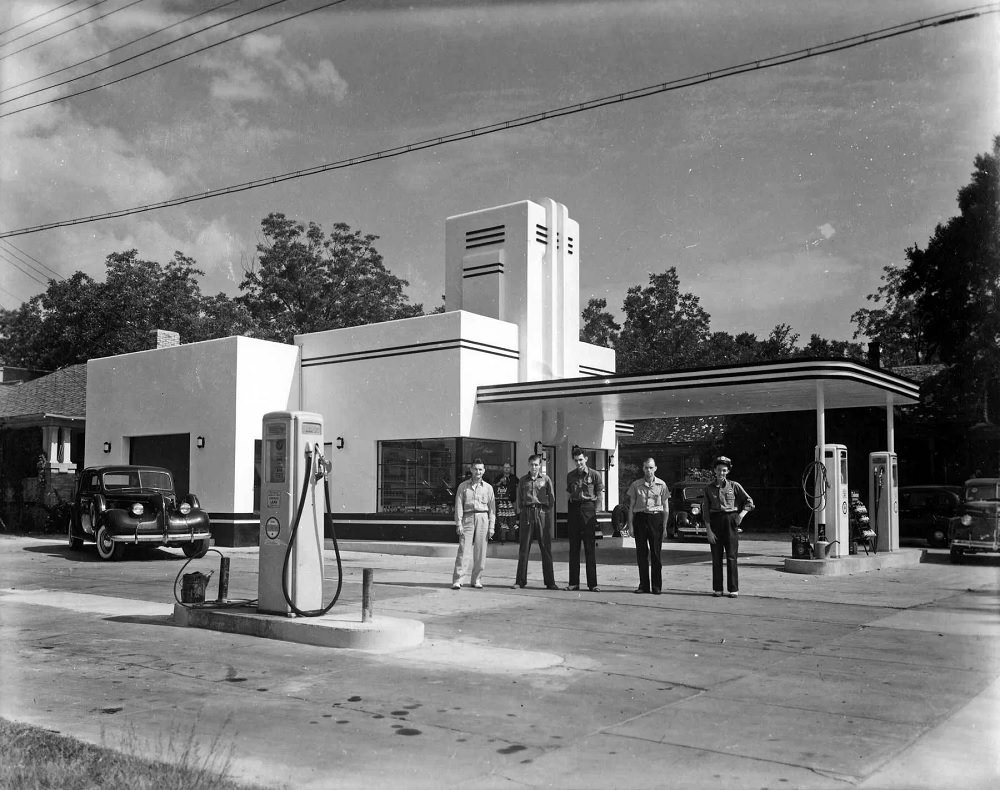




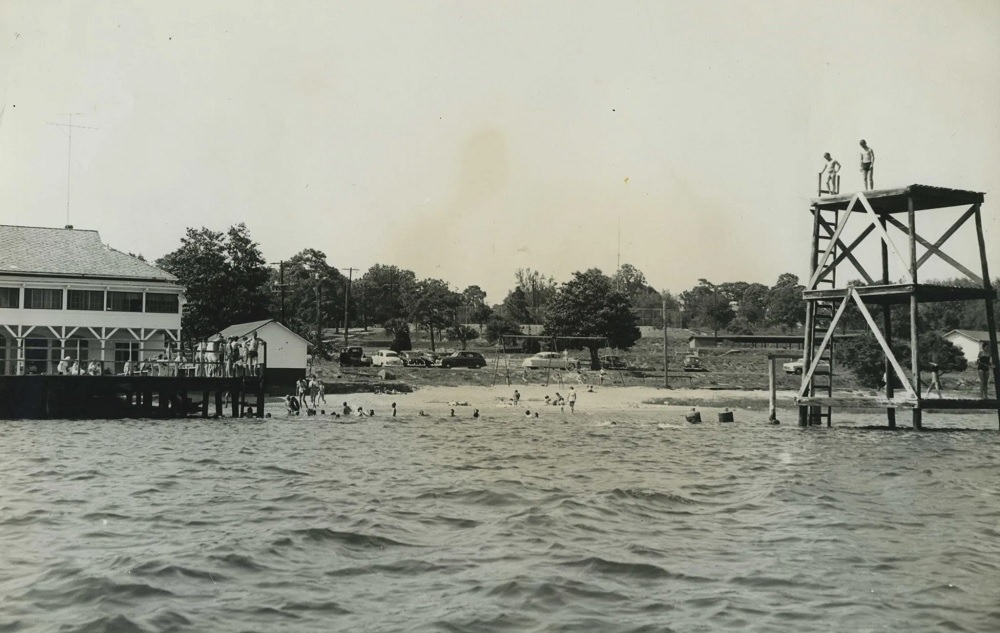




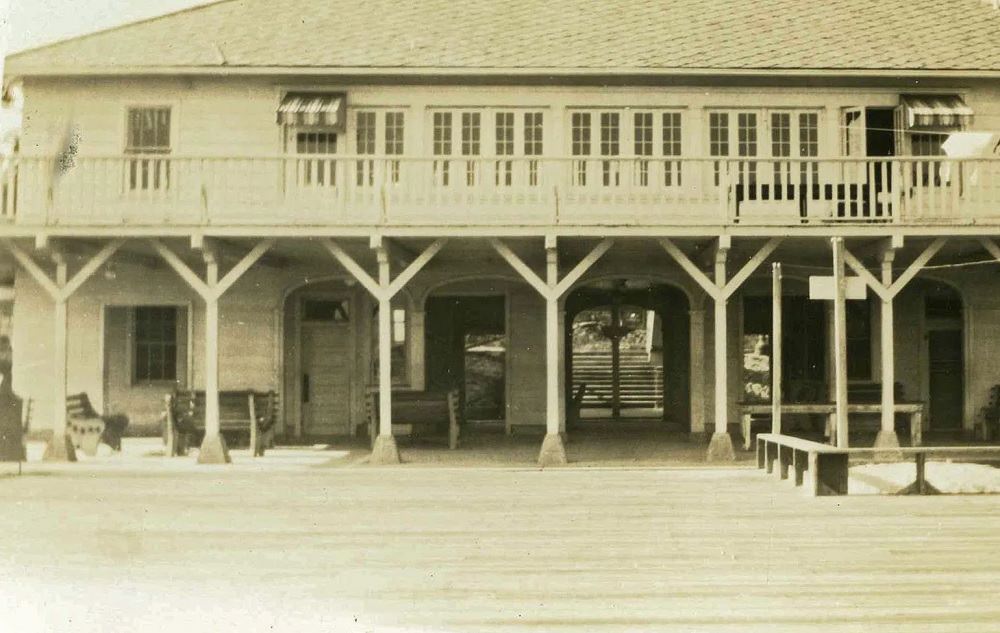
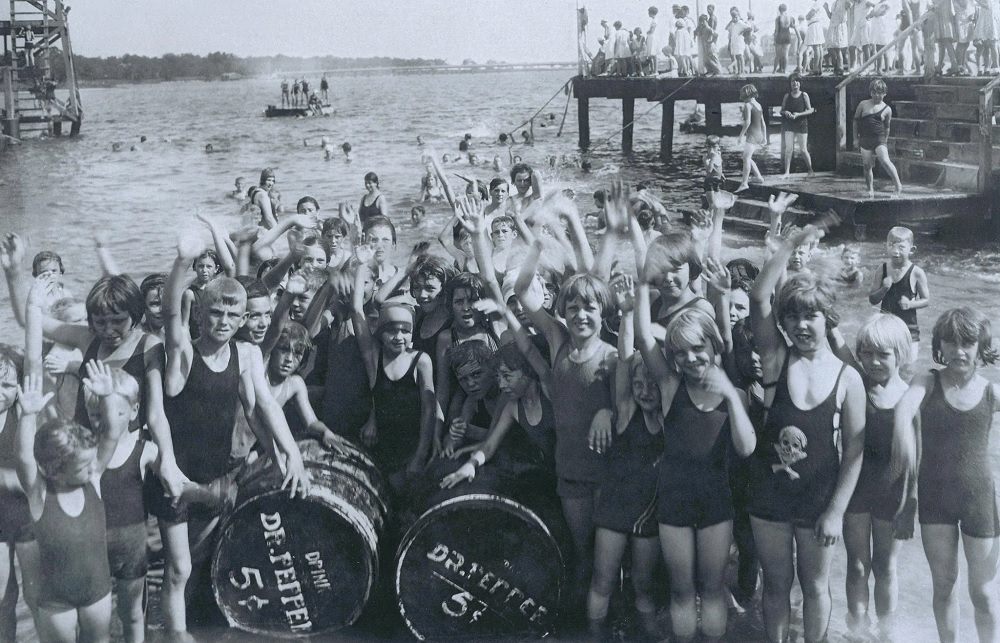
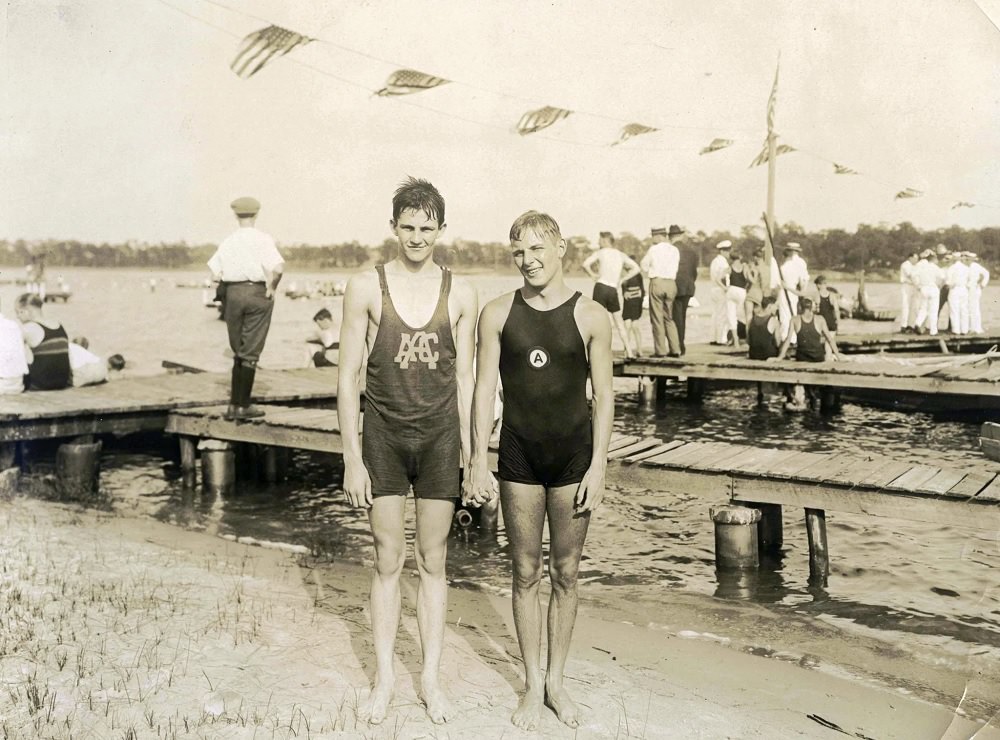






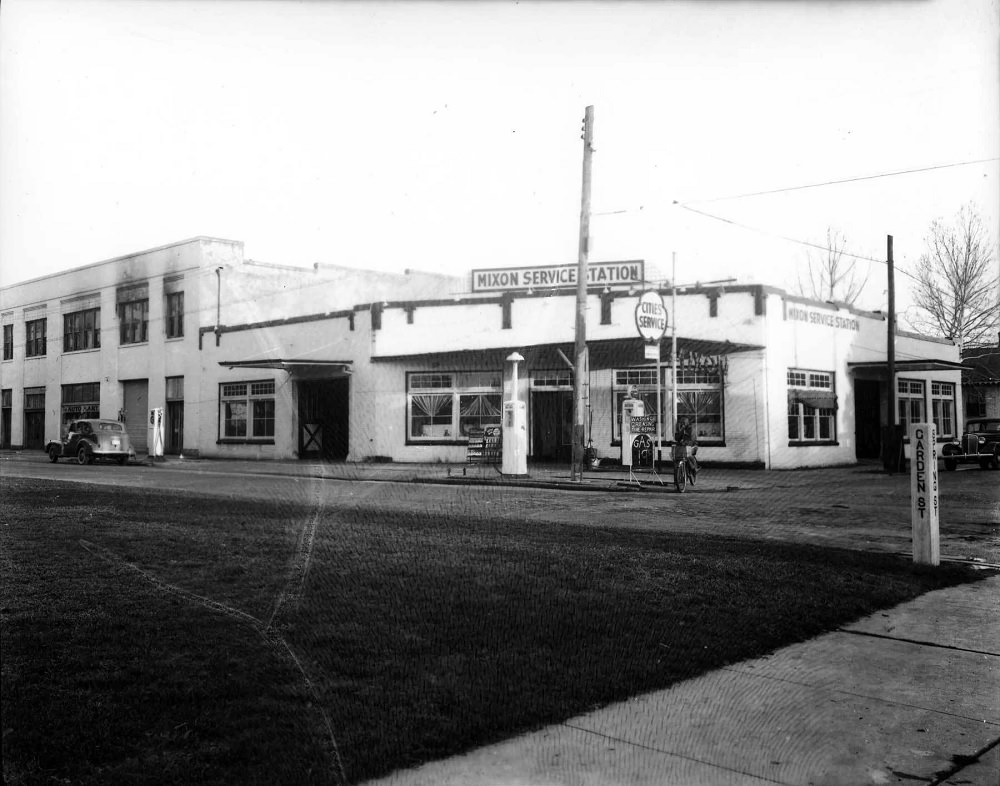









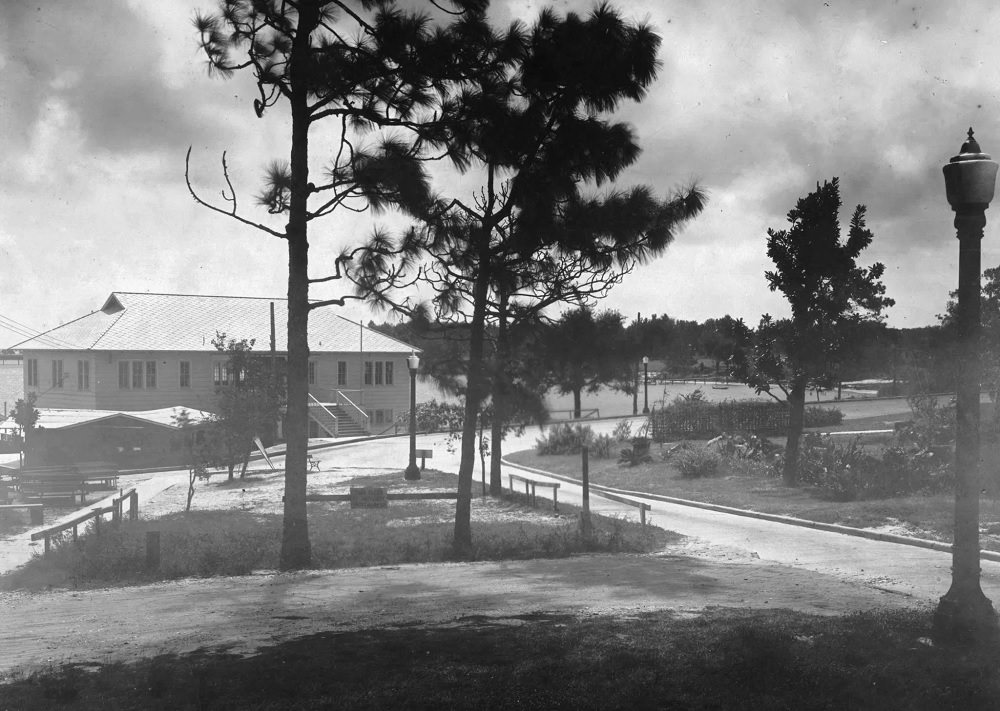




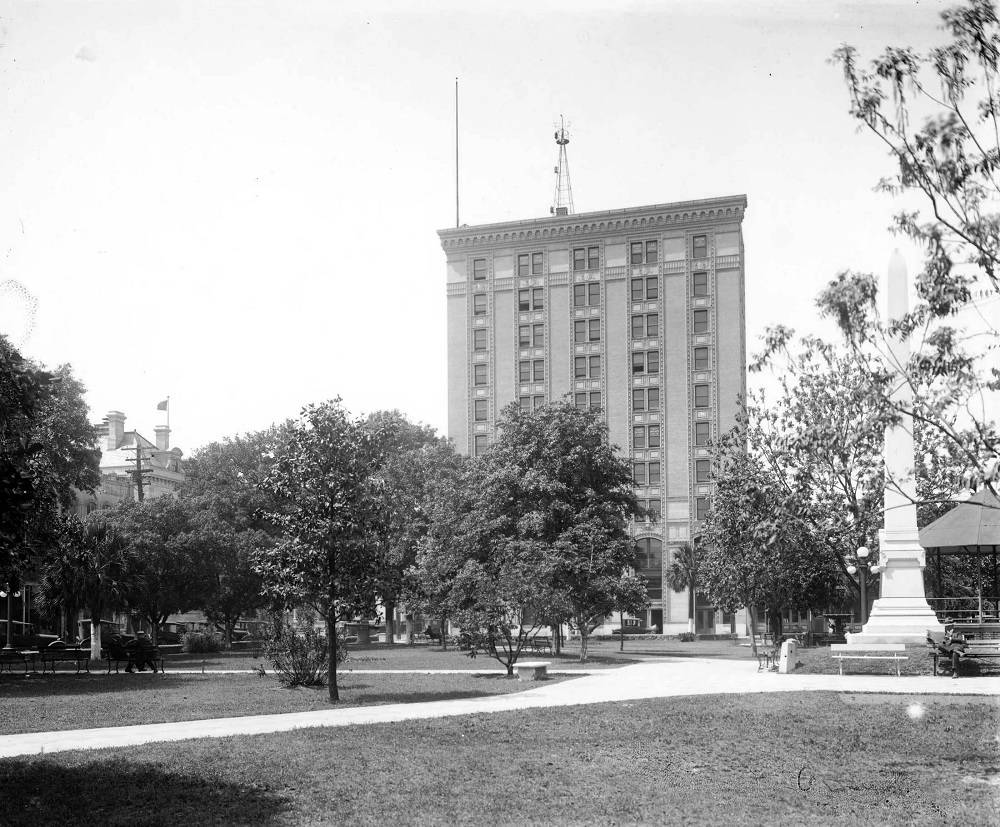



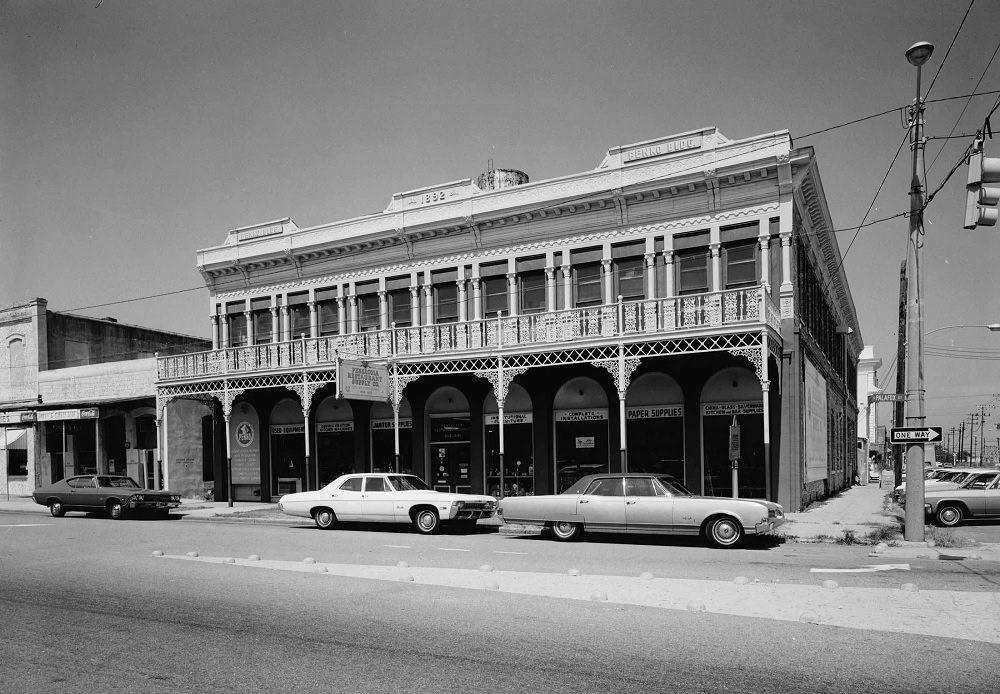

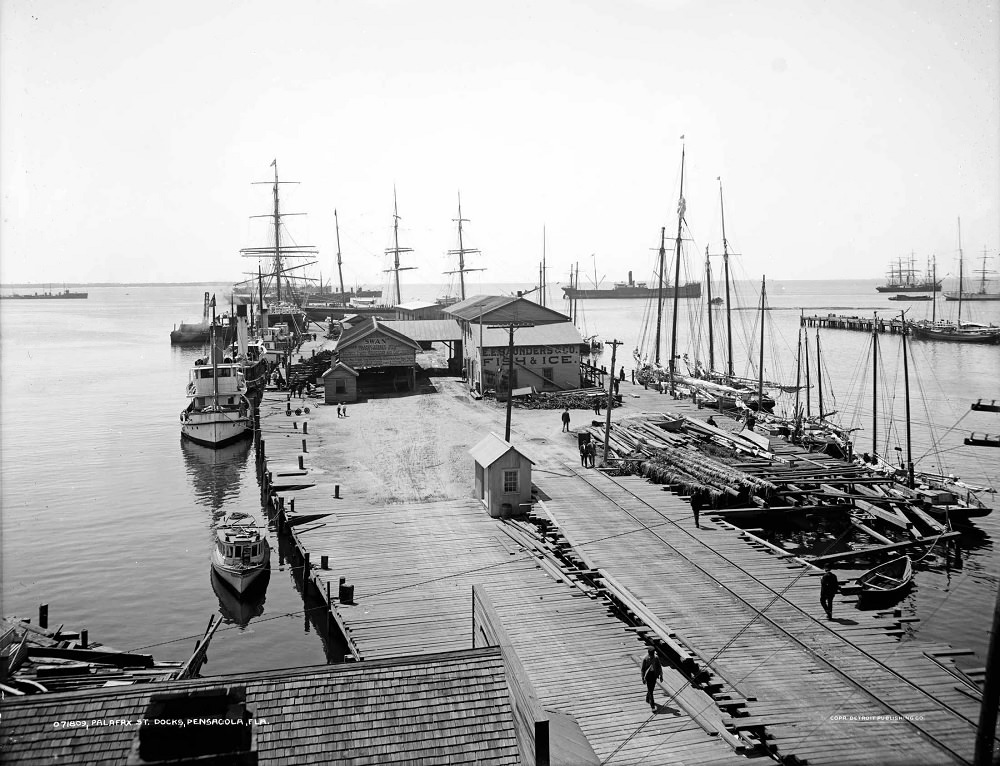




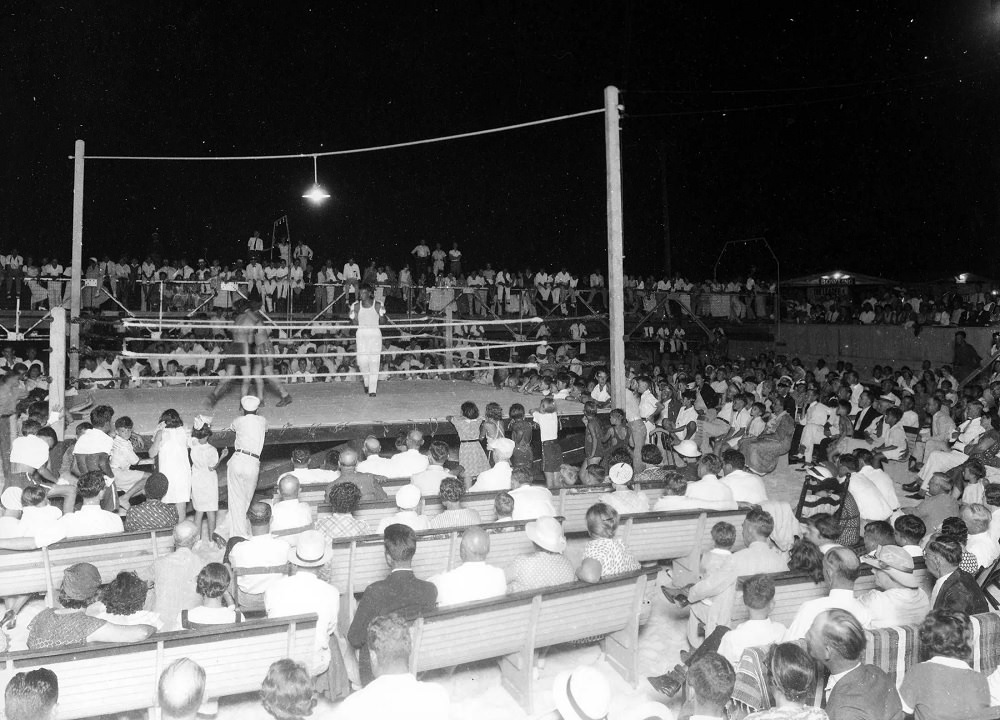
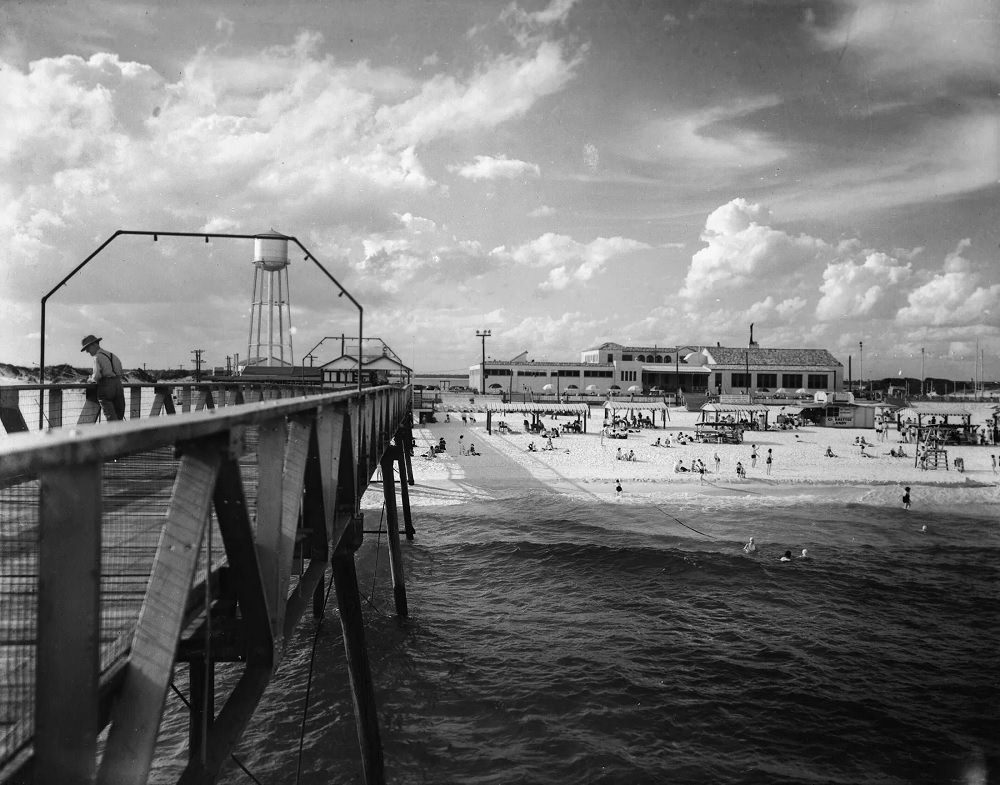




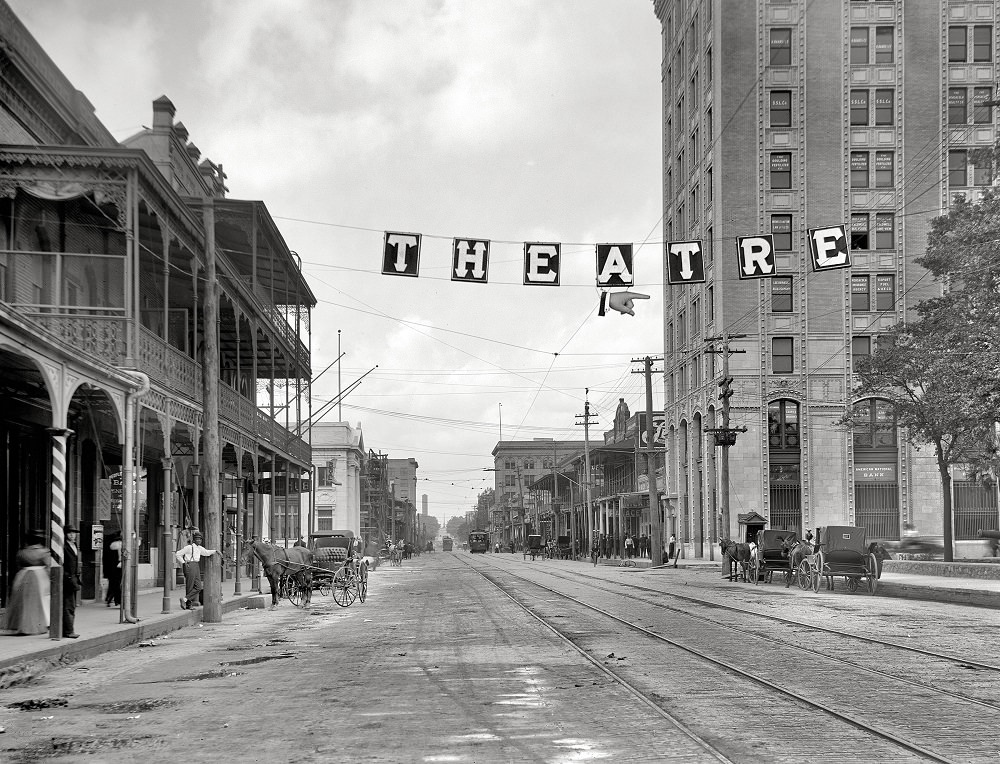




Its interesting to me to see all of the “aerial” photos of downtown with so few people. A city of 18,000 people(1900) would, to me, have quite the bustling downtown.
I lived in Aragon Courts in the late 1950’s. It was bedside the Pensacola Dons (later Dolphins) baseball stadium. We were only about three hundred yards from the bay. I have an overhead photo of that somewhere in my files and will share when I find it.